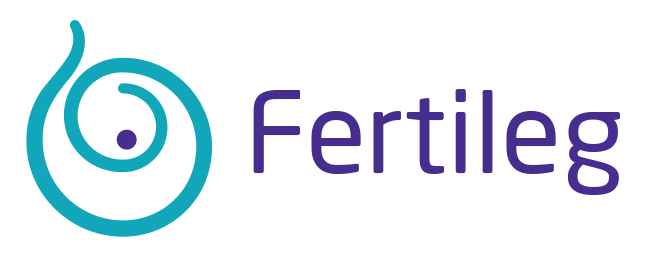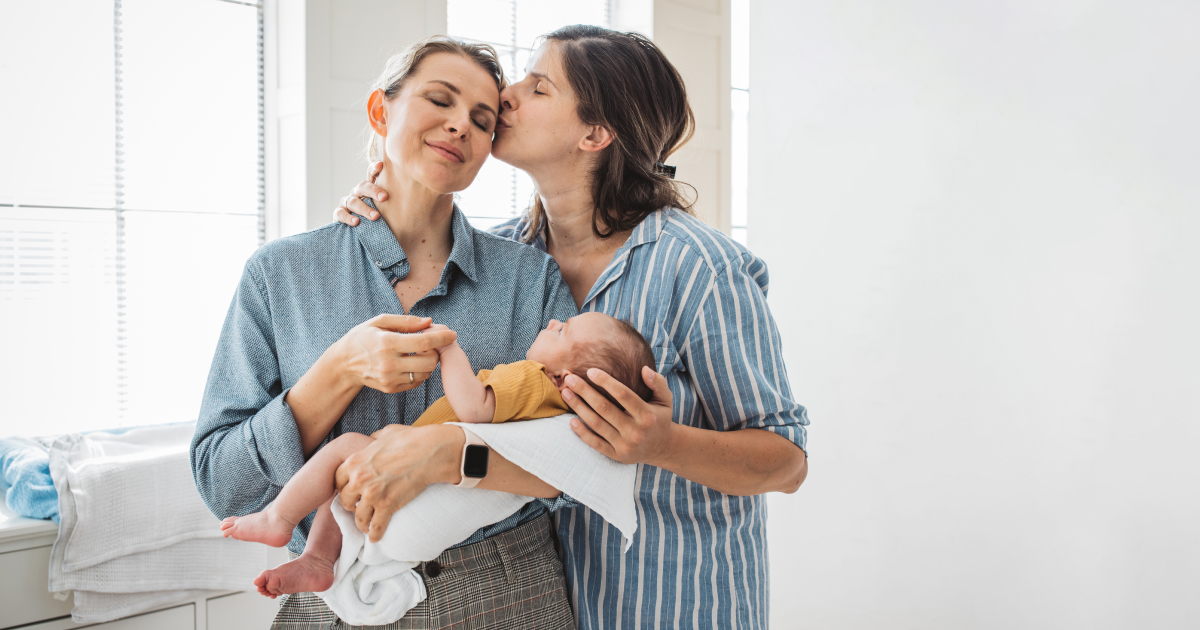The desire to achieve pregnancy and start a family is something very common in most women.
To live the experience of gestate the pregnancy, to feel how your baby grows inside you, all the emotions until, finally, you have it in your arms is a tremendous illusion.
In this sense, at The Fertile Group we work for and with you, and we firmly believe that any kind of motherhood is possible.
During the last few years we have seen how the number of couples formed by two women, as well as those who seek pregnancy without a partner, has increased remarkably.
We are very proud of how assisted reproduction gives these women the possibility to fulfill their dream of forming a family and how, in some way, reproduction clinics are part of this step forward in Panamanian society.
Today, June 28th, a day designed to make diversity visible and normalize, we are going to stop at the ROPA Method, created so that a couple formed by two women can share motherhood and be both the biological mothers of their baby.
We explain and answer the main questions!
What does ROPA Method mean?
ROPA stands for Reception of Oocytes from the Couple. It is an assisted reproduction technique that allows that, in a couple formed by two women, both can form a family and share the pregnancy.
For this purpose, one of the women will be the one who provides the egg, which will be fertilized with the sperm of a donor, while the other woman will be the one who will carry the pregnancy. In this way, both are protagonists in the entire pregnancy process.
Is it possible for women to choose who will provide the eggs and who will become pregnant?
The decision of which of the two will be the mother who will carry the pregnancy is something that, a priori, should remain within the sphere of the couple itself.
And we say a priori because before starting the treatment, both women must undergo a study to know the state of their fertility and diagnose any problem that may prevent pregnancy.
In this case, for example, the specialist, based on the results, can and should give guidance as to which of the two has more options of being able to gestate the pregnancy or the eggs of which of the two are better and, therefore, increase the chances of success.
However, in young women and under the same conditions, the decision is entirely up to the couple.
Is the clinic responsible for selecting the sperm donor?
In ROPA Method treatments, as in In Vitro Fertilization treatments, the clinics are responsible for the selection of the ideal sperm donor for each treatment.
In The Fertile Group we understand that this implies a great responsibility, so all our sperm donors, as with egg donors, are subjected to a strict selection process in order to ensure the highest quality and best results for our patients.
This selection includes genetic and immunological tests and negative results for the main diseases that could be transmitted, as well as passing a psychological evaluation and being of legal age.
Subsequently, for the selection of the donor in each specific case, we comply with a selection in which the phenotypic criteria are respected, looking for the best resemblance, as well as the compatibility of blood groups and genetics.
What is a ROPA Method treatment like?
The ROPA Method treatments are very similar to those of In Vitro Fertilization (IVF) with the difference that, on this occasion, the preparation for the treatment and the embryo transfer is divided between the two women of the couple.
One of them will be the one who will receive the medication to obtain a greater number of eggs while the other woman must follow the guidelines and treatments indicated to prepare her endometrium for the embryo transfer.
Generally speaking, the ROPA method is very similar to conventional in vitro fertilization (IVF), except that the treatment must be divided into two parts depending on the woman who will provide the eggs and the woman who will receive the embryo transfer.
Thus, once the eggs of the woman who will act as the “donor” are mature, let’s say, they will be extracted and, once analyzed in our laboratories, they will be fertilized with the semen sample of the specially selected donor.
This egg retrieval is performed under mild sedation to the patient so that she does not feel any discomfort. That same day, only a short period of time later, she will be able to return home as normal.
Once we have obtained the embryos resulting from the eggs and the semen sample, and they have reached their 5th day of development, they are analyzed and selected to perform the transfer to the other woman who, in parallel, will have followed the medication guidelines so that her endometrium is prepared to receive the embryo.
Once the embryo transfer has been performed, and after a period of about 10 days, we will proceed to perform the pregnancy test.
What happens to the eggs that are not used if pregnancy is achieved?
In many cases, once we achieve pregnancy in the patients, we may find ourselves with a number of embryos that have not been used in the treatment.
In these situations, these surplus embryos are stored in our cryobanks.
In this way, if the couple decides to look for a new pregnancy to expand the family, they can have their embryos with the same quality as when they were vitrified after the previous pregnancy and without having to perform the entire first part of the treatment, in addition to maintaining the same genetic and phenotypic traits of the sperm donor.
For any information you can contact The Fertile Group at:
info@fertileg.com
+507 382 14 00/01




